
That was in October of 1901. The autumn festival was being held for the first time at the Belur Math which was consecrated only three years before. That was the first Durga Puja in image at the Math. It was, however, not the first occasion Mother Durga was being worshipped by the Ramakrishna Order. Swami Shivananda, the 2nd President of the Order, said, “Swami Vivekananda introduced the worship of Mother Durga at the monastery at Baranagore. Of course, the worship used to be performed in a consecrated pitcher (ghata) in those days.” But the worship of 1901 had one distinction— Swamiji had introduced for the first time in Belur Math the worship of Mother Durga in image.
Many orthodox pundits and Brahmins of the neighbouring places used to criticise Swamiji and the other sannyasis of Belur Math for their innovating and liberal ideas, their modes of work, and especially their nonobservance of the customs regarding caste and food. Even these bigoted people who considered themselves ‘custodians of Hinduism’ gave up their animosity and attended the Puja. They became convinced that the sannyasis of the Ramakrishna Order were truly ‘Sanatani Sannyasins’. According to Sarat Chandra Chakravarty, (a lay disciple of Swamiji), Swamiji’s main purpose in conducting this Durga Puja was to remove all unsavoury doubts and scepticism from the minds of the orthodox.
Esta historia es de la edición October 2020 de The Vedanta Kesari.
Comience su prueba gratuita de Magzter GOLD de 7 días para acceder a miles de historias premium seleccionadas y a más de 9,000 revistas y periódicos.
Ya eres suscriptor ? Conectar
Esta historia es de la edición October 2020 de The Vedanta Kesari.
Comience su prueba gratuita de Magzter GOLD de 7 días para acceder a miles de historias premium seleccionadas y a más de 9,000 revistas y periódicos.
Ya eres suscriptor? Conectar
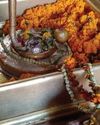
Panchakroshi Parikrama of Varanasi
At the snow-capped Kailas, the Divine Lord Shiva was seated with Mother Parvati.
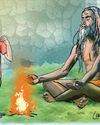
Gadai and the Monks
A fictional narrative based on incidents from the childhood of Sri Ramakrishna.
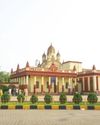
Chintayo momo maanosho Hori...
Sri Ramakrishna loved songs. There probably was no normal day when he did not sing some songs.
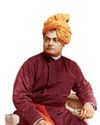
The Vedanta Vaccine
The world is still struggling under the impact of the pandemic due to Covid-19 for the last three years.

Chandrakirti's Chariot: Self in Madhyamaka Buddhism and Advaita Vedanta
The goal in Advaita Vedanta is the cessation of suffering and the attainment of true fulfillment. Suffering, according to this school, is due to ignorance of the true nature of the self and consequent erroneous identification with the body-mind.
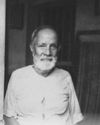
Reminiscences of Sargachhi
Question: यद्यदाचरतत श्रेष्ठसतत्तदरेवरेतरो जनिः। ‘Whatever a superior person does, others do the same thing!’ (Gita 3:21) – What does this statement mean?
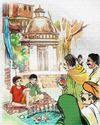
THE AUTUMN FESTIVAL
A fictional narrative based on incidents from the childhood of Sri Ramakrishna.

Bards of Guruvayur: Vilwamangalam II
Saints of India
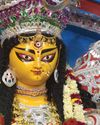
In the Universal Mother’s Divine Playground
Swami Vivekananda never taught the worship of Mother Kali. In a letter to Mary Hale he writes, “Kali worship is not a necessary step in any religion.
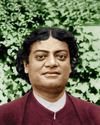
Swami Vivekananda: A Sportsman Par Excellence
In various books and articles, Swami Vivekananda has been called a spiritual leader, a prophet, a patriot, a social reformer, a philosopher, a yogi, a writer, an orator, an educationist, a musician, and so on.